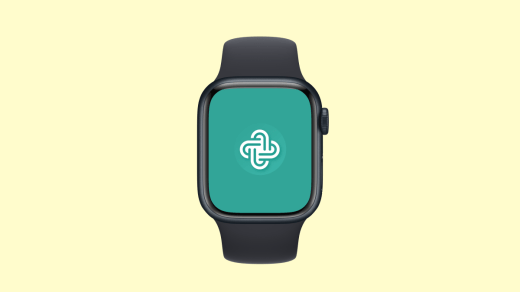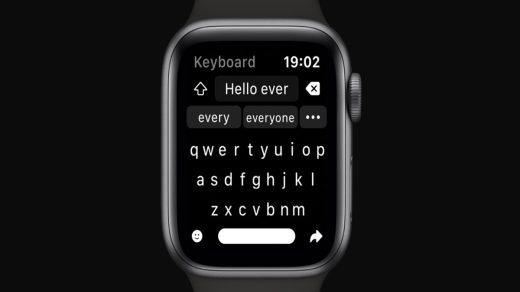The Apple Watch has seamlessly integrated into our daily lives, monitoring various aspects of our health. As users explore its sleep-tracking feature, concerns emerge about its safety during nightly use. This article aims to answer this question, considering factors like radiation exposure, comfort, and potential disruptions to sleep. Keep reading!
Is It Safe to Wear an Apple Watch While Sleeping?
Yes, wearing your Apple Watch to bed is safe and can be likened to securely strapping a computer to your arm.
While the watch emits electromagnetic radiation (EMF waves), it’s designed with EMF blockers to enhance its function without compromising your health and safety.
The smartwatch prioritizes comfort, minimizing the impact on your skin during sleep. It’s generally worry-free, but occasional removal is advised, especially if you sweat heavily, to prevent skin irritation and allow your wrist to breathe.
However, personal comfort varies, and not everyone prefers sleeping with any type of jewelry, even a fitness watch. In such cases, adjusting the watch’s settings for enhanced comfort or occasional removal can be a suitable solution.
The smartwatch’s smooth, curved edges are crafted to protect your wrist, ensuring a barely noticeable presence once you acclimate to it in the initial days.
9 Ways to Sleep Safely With an Apple Watch On
The Apple Watch is a smart wearable that communicates with your paired iPhone using Bluetooth, WiFi, and cellular signals to keep you informed about things that matter to you. Using it while sleeping generally has low health risks.
To track and compare your sleep over consecutive nights, wear your Apple Watch. This helps in establishing a bedtime routine, reaching sleep goals, and ensuring you get optimal health benefits.
Here are 9 practical tips for safe sleep with your Apple Watch tonight:
1. Wear Your Watch Snugly
In addition to managing calls, messages, emails, and social media alerts, an Apple Watch is designed to monitor your fitness, sleep, and health data.
However, if the watch band becomes loose during sleep, the sensors may not function correctly, increasing the likelihood of errors and false alerts.
To ensure accurate tracking and minimize risks, use a watch strap with secure fasteners that fits tightly around your wrist when sleeping with an Apple Watch.
If you have skin sensitivity, periodically remove the watch to let your skin breathe. Keeping the band clean and dry further reduces the chances of skin irritation and allergies.
2. Customize Your Homescreen to be Sleep-Friendly
The Apple Watch offers a range of watch faces for your home screen—up to 10 options to pick from.
To ensure your watch doesn’t disturb your sleep, opt for the “Modular face.” This face allows you to display only the information you need, avoiding unnecessary clutter on the screen overnight.
Before bedtime, customize the modular face to show only the time and set an alarm if necessary.
It’s crucial to avoid a brightly lit watch while you’re sleeping. Choose the darkest font color to minimize exposure to blue light, which is known to suppress the body’s release of melatonin—the hormone essential for promoting sleep.
This way, you can create a homescreen that supports a restful night without unnecessary disruptions.
3. Use an EMF Blocking Watch Strap
Wearing your Apple Watch to bed comes with minimal risks regarding Electromagnetic Frequency (EMF) exposure.
The low levels and non-ionizing nature make it highly improbable for the Apple Watch to cause cancer.
For those concerned about radiation exposure, consider investing in an EMF Harmonizer Apple Watchband designed to block radiation.
Apple Watches emit Electromagnetic Frequency (EMF), akin to cell phone radiation. Studies indicate that closer proximity to this radiation increases absorption, potentially leading to health issues over time.
While cancer is a potential symptom of high EMF exposure, other effects include sleep disturbances and insomnia. Despite smartwatches emitting lower radiation than some devices, their prolonged skin contact raises slight concerns.
To address this, use airplane mode when not expecting important alerts or periodically remove the watch to let your skin breathe.
Another option is investing in an Apple Watch radiation blocker, an anti-radiation accessory safeguarding your skin against harmful EMF radiation.
4. Go for a Comfortable Strap
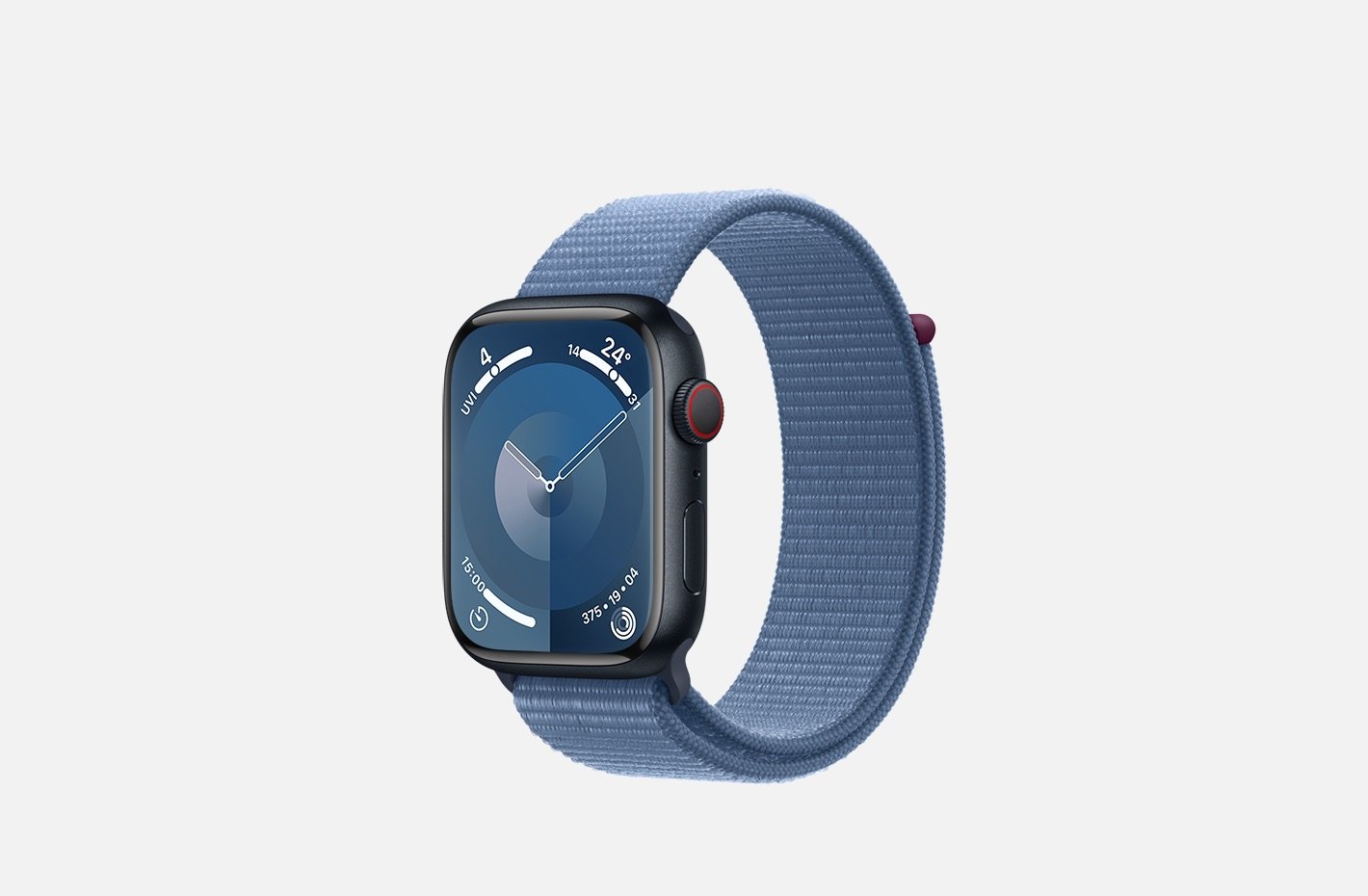
It’s crucial to have a comfortable wristband when sleeping with your Apple Watch to avoid discomfort and disruptions during sleep.
Initially, the watch comes with a strap suitable for most users, but if needed, you can purchase a different one for a more personalized feel.
Consider specific factors like skin allergies to materials. Opt for flexible, breathable, and durable bands made from materials like rubber or nylon.
Rubber, being waterproof and resilient, is comfortable for sleep, securely fitting and expanding with wrist movement while also not absorbing sweat.
Nylon is another suitable material for sleep, offering a soft and smooth feel against the skin with larger loops for cushioning and breathability, minimizing the risk of waking up with skin irritation.
Conversely, avoid silicone or metal straps, as they may cause discomfort and irritation.
5. Activate Theatre Mode
Bright displays at night can hinder the production of melatonin, the sleep-inducing hormone. To counter this, activate Theatre Mode before bedtime. This mode prevents the screen from lighting up when you move your wrist.
To turn on Theatre Mode on your Apple Watch, swipe up on the screen, and tap on the comedy and tragedy mask icon.
Once activated, the screen stays off and won’t reactivate unless you interact with it or press a button. This ensures that your watch remains dark as you move during the night, preventing any disturbances from bright lights.
Even if you have the always-on display feature enabled, you can disable the rise-to-wake function, keeping your watch screen off throughout the night.
This not only contributes to better sleep but also conserves battery life. To wake the screen, tap it or press the Digital Crown.
6. Rest on Your Back
It’s advised to sleep on your back when wearing a watch as it allows your wrists greater freedom of movement.
If you sleep on your side or stomach, you might use your arms to bear your weight. This could lead to your watch pressing into your wrist, causing discomfort and potential soreness that could disrupt your sleep.
7. Optimize Your Sleep Tracking with the App
For those using an Apple Watch equipped with WatchOS 7, the sleep-tracking app comes with a range of features and functionalities that make tracking easier.
This user-friendly application simplifies the monitoring of both your wake-up and bedtime, enabling you to analyze your sleep patterns effectively.
Investing in this watch is particularly beneficial for enhancing your sleep hygiene. Beyond assisting in falling asleep faster, it also aids in minimizing distractions.
The sleep tracking app boasts features like Do Not Disturb, Wind Down mode, and the flexibility to switch the screen lock to a less distracting interface.
8. Enable Do Not Disturb Mode
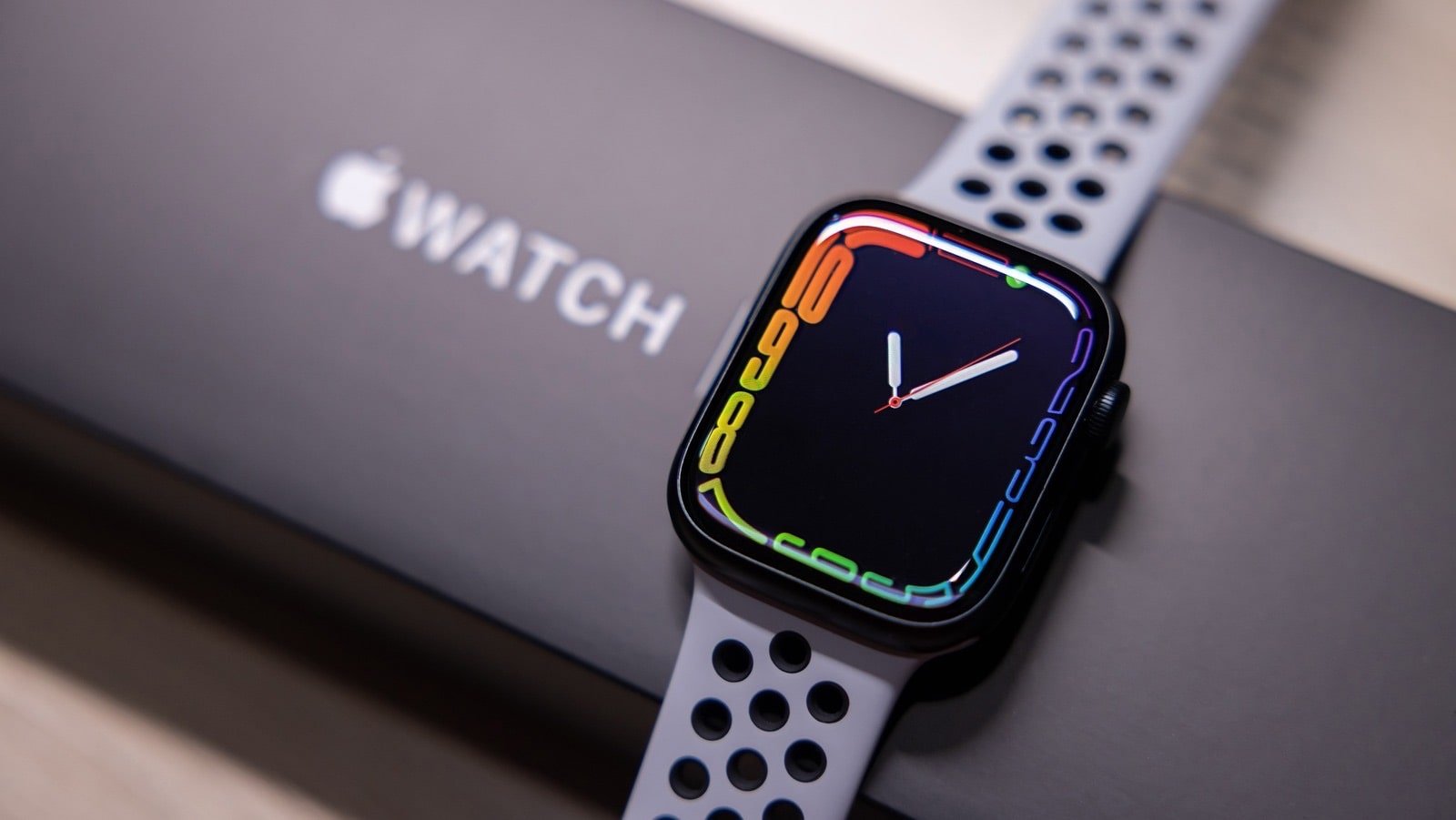
Before heading to bed, turn on the Do Not Disturb mode to mute all notifications and promote a restful sleep.
This functionality guarantees that calls, texts, emails, and social media alerts remain on your phone and won’t ring on your wrist. Despite this, you retain control over who can reach you without any hindrance.
9. Preserve Your Battery Life
Managing the battery is a key concern with Apple Watches and other smartwatches. Ensuring you charge the battery daily is crucial, but this poses a challenge as it takes away some time from using the device.
To tackle this, set a specific time during the day to charge your watch. This way, you can maintain the battery life without interrupting your usage.
How About the Risk of Radiation Risk from Apple Watch?
Simply put, the radiation risk associated with your smartwatch is exceptionally low and falls into the non-ionizing category.
This is because the emitted radiation occurs in brief bursts through low-powered radiofrequency (RF).
Additionally, since you intermittently remove the watch for charging, the exposure to this radiation remains minimal. It’s crucial to note that the harmful type of radiation to human health is ionizing radiation.
In essence, the small amounts of radiation emitted pose no significant concerns as long as you avoid prolonged exposure.
While using these devices as bedside companions is generally safe, extended usage may expose you to minimal levels of RF radiation over time. Therefore, it’s prudent to adopt certain measures to mitigate this risk.
For those who are particularly cautious and wish to eliminate any potential risk while wearing the Apple Watch overnight, investing in an EMF Harmonizer Apple Watchband can be a reassuring option as it acts to block radiation.
Are There Other Health Concerns?
Aside from concerns about radiation, is it harmful to wear the Apple Watch continuously? There aren’t significant health risks associated with using the Apple Watch.
The main issue arises when dependence on the device increases, leading to frequent, impulsive checking, potentially causing disturbances in sleep.
This behavior mirrors the concerns associated with smartphones. Many individuals incorporate them into their daily routines, checking their smartwatches regularly for various information, including notifications and fitness tracking.
Over time, this can become an ingrained habit, causing people to check their bare wrist even when they’re not wearing the device. Constantly monitoring work emails, notifications, or social events late into the night can fuel an unhealthy pursuit of perfection.
In some cases, it elevates anxiety levels, a phenomenon known as orthosomnia, characterized by an obsession with achieving “perfect sleep” measured through wearables like smartwatches.
Those affected by this condition tend to rely heavily on smartwatches to optimize their sleep data, leading to problems like insomnia that can significantly impact sleep quality.
Frequently Asked Questions
Will the alarm on my Apple Watch disturb my partner’s sleep?
Setting the Apple Watch alarm to haptic vibrations ensures a quiet alarm, reducing the likelihood of disturbing your partner’s sleep.
Does wearing an Apple Watch during sleep affect REM sleep?
Wearing an Apple Watch during sleep is designed to be nonintrusive, and there is no evidence suggesting interference with REM sleep.
Can I safely wear an Apple Watch while sleeping with a pacemaker?
If you have a pacemaker, it’s advisable to consult your healthcare provider before wearing an Apple Watch to sleep, as the device emits low-level electromagnetic fields.
Final Words
In summary, wearing an Apple Watch while sleeping can be safe and even beneficial for monitoring your sleep patterns and overall health.
The device is designed with comfort in mind, and with proper band adjustment, many users find it undisturbing during sleep.
However, individual preferences vary, and it’s essential to ensure the band is not too tight. Remember, regular cleaning and charging routines can enhance your sleeping experience.
If you've any thoughts on Safe to Wear Apple Watch While Sleeping? 9 Safety Tips!, then feel free to drop in below comment box. Also, please subscribe to our DigitBin YouTube channel for videos tutorials. Cheers!
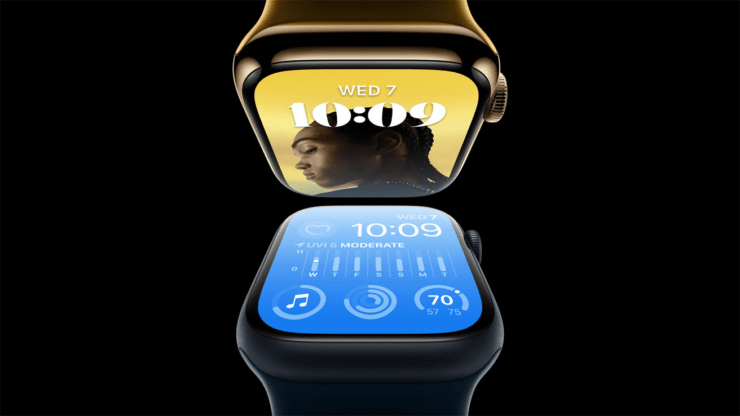

![How to Change Apple Watch Name [2024]](https://cdn.digitbin.com/wp-content/uploads/How-to-Change-Apple-Watch-Name-2024-520x292.png)
